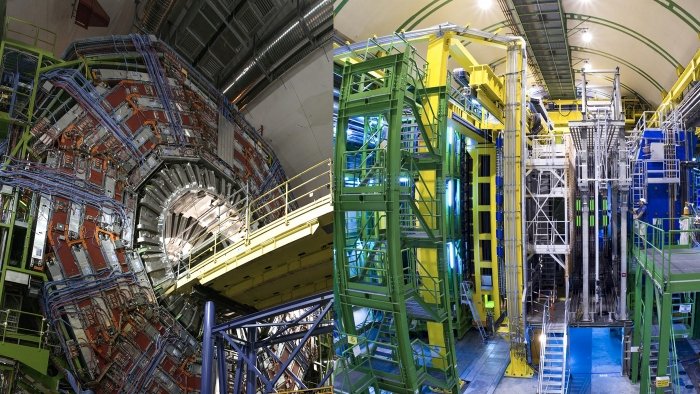CERN’s Large Hadron Collider (LHC) set a new record by smashing atoms with vastly more energy than ever before.
The LHC is the world’s largest and most powerful particle collider, and the largest single machine in the world.
During its latest trials on Wednesday night, two opposing beams of protons were steered into each other at the four collision points spaced around the LHC’s tunnel.
The energy of the collisions was 13 trillion electronvolts – dwarfing the 8 trillion reached during the LHC’s first run, which ended in early 2013.
For now, however, the collisions are part of the gradual testing process designed to ensure nothing is missed an nothing goes awry when the LHC goes into that full “collision factory” mode.
“We begin by bringing the beams into collision at 13 TeV (teraelectronvolts), and adjusting their orbits to collide them head-on,” said Ronaldus Suykerbuyk from the operations team at CERN – the organization based near Geneva in Switzerland that runs the LHC.
The huge collider has been through a planned two-year refit, after the conclusion of its first run – which in 2012 produced the first solid evidence for the famous Higgs boson.
Physicists are excited to see the machine winding back up again, although it is an overwhelmingly incremental process.
In early April, after a slight delay, twin proton beams circulated the LHC’s 27km ring, 30 storeys below the Swiss-French border, for the first time in two years. This was at a much lower, preliminary energy; five days later the energy reached 6.5 TeV per beam for the first time.
The first collisions followed in early May – again, at a lower, safer energy to begin with. Thursday’s collisions are in new territory.
https://www.youtube.com/watch?v=GT7O-oeynH0
